“Cost Oriented Architecture (COA)”
A dynamic, AI-driven approach to designing, deploying, and operating systems that continuously optimize for cost efficiency without compromising performance.
"Optimize every dollar—architect for performance, scale, and cost efficiency."
Key Differences
AI-Driven vs. Static Cost Controls – Uses real-time AI-driven cost analysis instead of manual budgeting.
Dynamic vs. Fixed Resource Allocation – Continuously rightsizes workloads, storage, and compute based on demand.
Intelligent vs. Reactive Scaling – Predicts and adjusts resources ahead of spikes, preventing cost overruns.
End-to-End vs. Isolated Cost Visibility – Provides full-stack cost observability, not just cloud billing insights.
How it works
Predictive Auto-Scaling – AI anticipates workload demand to optimize cloud instances and prevent over-provisioning.
Real-Time Cost Allocation & Chargeback – Automatically attributes costs to teams, workloads, or business units.
Adaptive Workload Placement – Dynamically shifts workloads between clouds, edge, and on-prem based on cost and performance.
AI-Optimized Observability & Cost Analytics – Continuously analyzes telemetry and recommends cost-saving adjustments.
Use Cases
Optimized Multi-Cloud & Hybrid Deployments – Shifts workloads to the most cost-effective environment in real-time.
AI-Driven FinOps & Budget Compliance – Automates cost tracking, forecasting, and policy-based cost controls.
Workload-Aware Compute Optimization – Dynamically selects optimal compute types (GPUs, CPUs, serverless) based on usage.
Efficient Data Storage & Retention – Auto-tiering, deduplication, and compression to reduce storage costs.
Design Patterns
AI-Driven Auto-Rightsizing – Monitors and adjusts resource allocation continuously based on real-time demand.
Intent-Based Cost Optimization Policies – Teams define spend limits and SLAs, and AI enforces optimal balance.
Event-Driven Cost-Aware Scaling – Uses real-time usage data to scale up/down intelligently.
Autonomous Workload Placement & Migration – AI shifts workloads across cloud providers or regions for lowest TCO.






